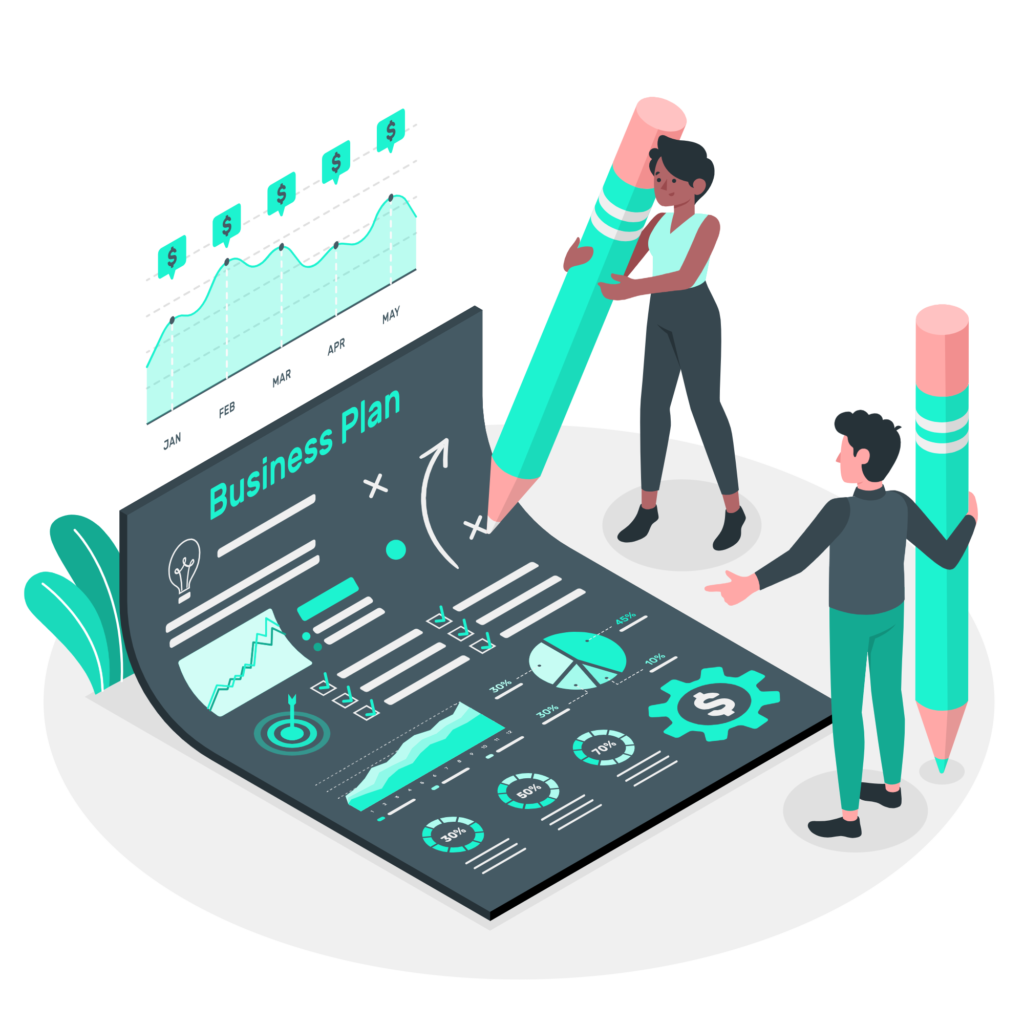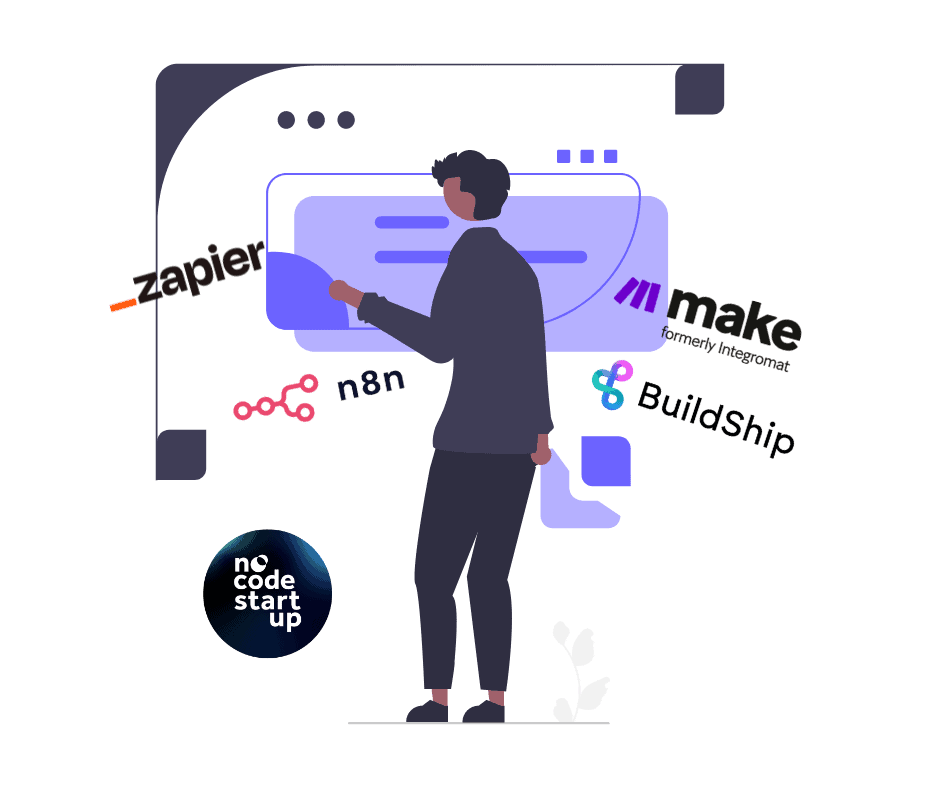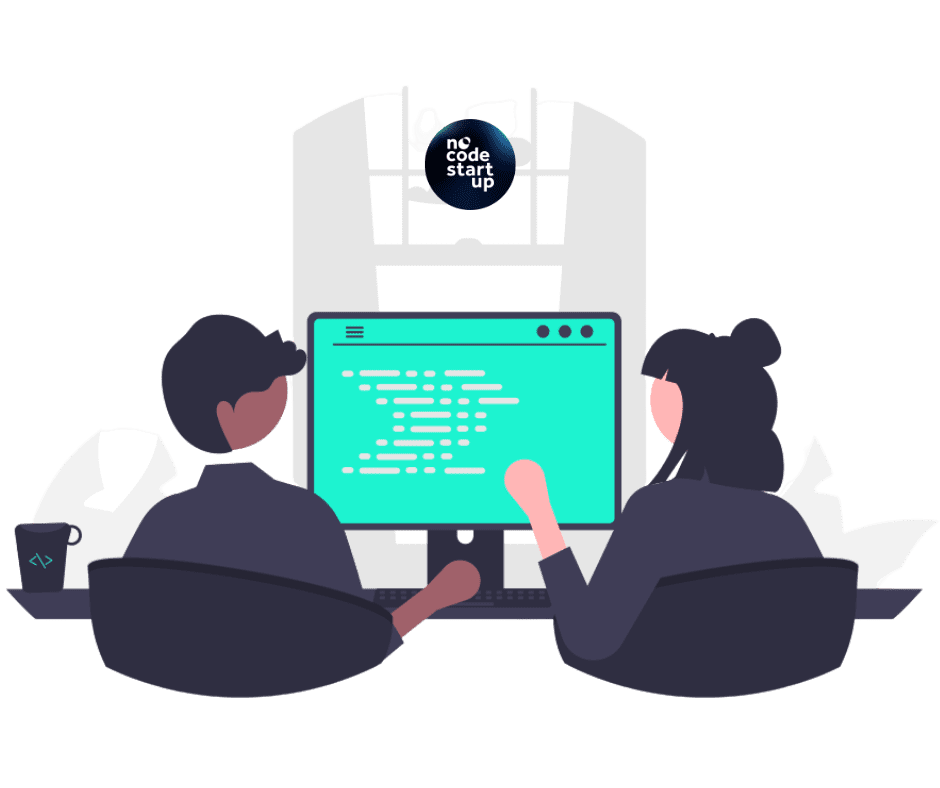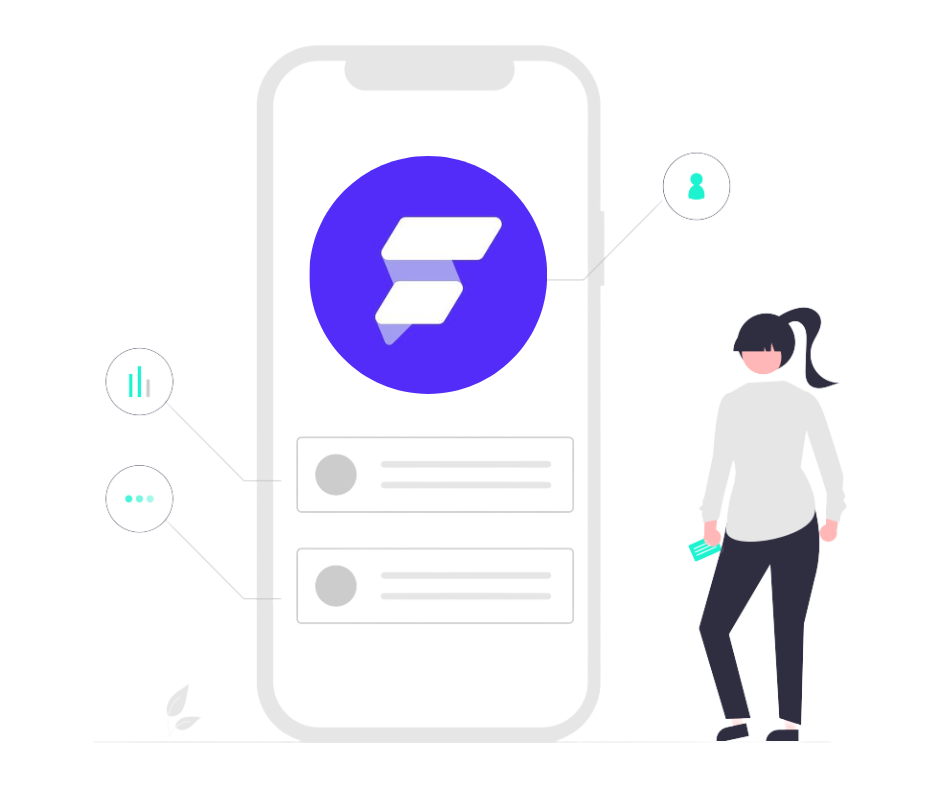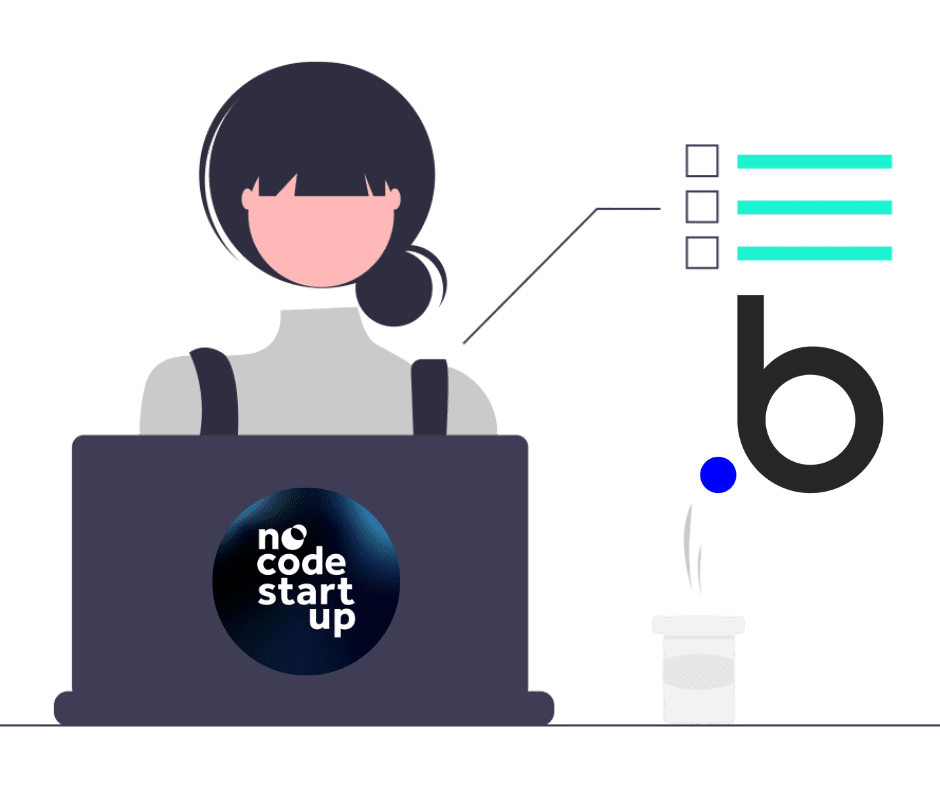Estimated reading time: 9 minutes
Starting a business from scratch can seem very complex. Given the countless planning steps that are suggested, you may feel lost as to which guidance to follow. But what if I told you that there was a simple way to start your own business?
The concept of lean startup emerges as an innovative approach that challenges traditional methods of business planning and development. It's a way of create, test and release products and services through process optimization and focus on agile interactions with customers.
In this content, we will delve deeper into the characteristics of this model, presenting the fundamental pillars and the advantages offered to companies. If you are interested in the subject, be sure to read this content in full.
What is it lean startup and what are its characteristics?
Lean can be translated as “lean”, so, in a free translation, lean startup is technology-based company with high scalability potential, but lean.
Thus, while conventional models emphasize the elaboration of detailed plans, lean startup adopts a condensed approach, focused on hypotheses and experiments. The method aims to reduce resource waste and deliver value to customers, from the beginning.
Continuous experimentation, iterative learning and constant adaptation are highly valued. And unlike traditional approaches that often involve extensive planning and analysis before launch, lean startup believe in start small and evolve quickly.
Features of lean startup
Below, see the main aspects of this approach:

MVP (Minimum Viable Product)
The concept of MVP is essential for the proposed lean startup. Instead of spending months or years developing a complete product, companies create a minimum, viable version that contains only the essential features.
This MVP is then released to the market to collect feedback customers and validate hypotheses. This not only saves resources but also allows the company to obtain insights valuable from the start.
With the use of tools no-code, it is possible to facilitate the construction of the MVP, as they offer greater agility and lower cost. This saves time and resources to propose, develop and test projects in real time.
Not afraid to start over
The methodology encourages companies to be agile enough to recognize when something is not working as planned. If the data and feedback indicate that the product is not doing well or that there is a better opportunity, the company can make a significant change in strategy. This may involve changes to the value proposition, the target audience or even the business model.
Validated learning
Knowledge acquired through experiments and feedback real customers is highly valued. By validating this learning, companies can make more informed decisions and direct their resources more efficiently.
Pillars Lean Startup
Continue reading to learn the pillars of this methodology and its advantages for your startup!
To better understand how the lean startup, it is essential to understand its three fundamental pillars:
- customer development
- agile development
- low-cost technology platform.
These three elements interact collaboratively to create a framework that saves resources, accelerates innovation, and improves decision-making. Understand more about each of these pillars:
Customer development
The term means customer development In practice, it is based on a proactive relationship with the public, from the beginning of the process.
In addition to simply listening to customers, lean startup, there is a concern to actively involve them in validating hypotheses and refining the product.
Some ways in which the customer development contributes to the success of the methodology include:
- Validation of hypotheses: By interacting directly with customers, companies can certify or disprove their assumptions about market needs. This avoids building products that no one wants.
- Feedback continuous: customers have valuable insight into the product, and its feedback helps shape renewals along the way. Continuously carrying out this process allows the company to better understand and meet market needs.
- Building Relationships: Customer development focuses on building long-term relationships with customers, enabling loyalty.
Low-cost technology platform
It is considered a fundamental piece to support the methodologyean startup. This type of platform is aligned with the idea of eliminating waste and allocating resources effectively. A practical example of this pillar is the use of cloud services, such as AWS, Azure or Google Cloud.
Based on this pillar, companies evaluate operations as necessary, eliminating the need for large initial investments in infrastructure.
It is worth highlighting that the no-code language makes it possible to create applications and softwares more cheaply. This is because it is easier and faster to create a functional product without the need to use code, work that is not restricted to professional developers and can be carried out by anyone interested in learning about knowledge in the area.
In this way, with the use of open source tools, it is possible to reduce the development costs of software. Process automation allows you to save time and resources.
Agile development
It is the third pillar of lean startup and complements the other two. Focuses on flexibility, adaptation and renewal during the development processO. This technique focuses on short cycles, when small parts of the product are developed and implemented. This allows the team to quickly respond to changes and feedback.
Priorities can change as new information emerges. Agile development allows the team to reevaluate and adjust their goals and tasks over time. That way, products are not considered “finished”. Instead, are always evolvingo, as the team constantly looks for ways to improve them based on feedback customer and market needs.
The no-code tools can be allies in the process. After all, from them, there is greater agility for the development of softwares and applications that the company needs, which contributes to the desired improvement being carried out more quickly and also at a lower cost.
Lean startup advantages
The methodology allows organizations to strike a balance between innovation and efficiency. This way, they gain advantages such as:
Greater connection with the customer
One of the fundamental principles of lean startup is to have the customer at the center of all decisions. This is not just a nice idea, it is a strategy that can be transformative for business.
Collect feedbacks is essential as many businesses fail due to the disconnect between what they think customers want and what they actually want.
When customers see that their opinions matter and that companies are committed to meeting their needs, it creates loyalty.
Loyal customers not only buy again, but also become brand advocates, recommending it to others.
Better acceptance of products and services
The lean approach to lean startup allows the creation of essential products or services. This means that each element is carefully considered and any unnecessary components are eliminated.
Eliminating unnecessary elements results in a more focused product or service. Customers appreciate simplicity and ease of use, which can lead to better market acceptance.
Additionally, leaner products tend to be developed and delivered more quickly, allowing companies enter the market earlier.
Waste reduction
The lean approach eliminates waste time, money and other resources. By focusing only on what is needed for the MVP and making data-driven decisions, companies reduce the likelihood of investing in directions that will not yield returns.
You resources are directed only to activities that add real value to the product or service. This prevents them from being wasted on projects that have no potential.
Simplified management
Through a focus on experimentation and continuous learning, the lean startup simplifies management. Decisions are based on feedbacks and real data, reducing dependence on uncertain forecasts.
You may be wondering how to effectively implement these principles in your business and ensure simplified management. Here comes a powerful tool: O bubble.io.
O Bubble is a no-code platform that allows program alone create complete web applications and systems, without the need for prior programming knowledge. And best of all: the No-Code Startup offers a free Bubble course!
This course not only allows you to acquire valuable skills in using Bubble, but also provides a solid foundation for applying the principles of lean startup in your projects. You will learn how to create prototypes, test ideas quickly, collect feedback customers and create solutions effectively – all without the need for coding.
Do not miss this opportunity! Find out more about how to create a successful startup!
